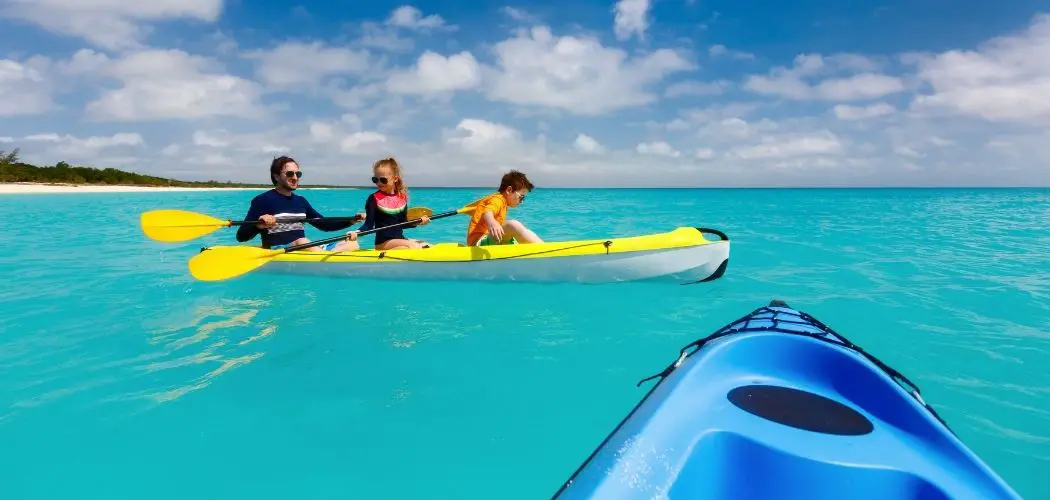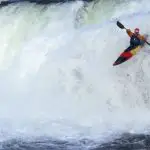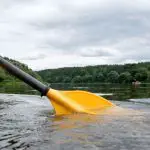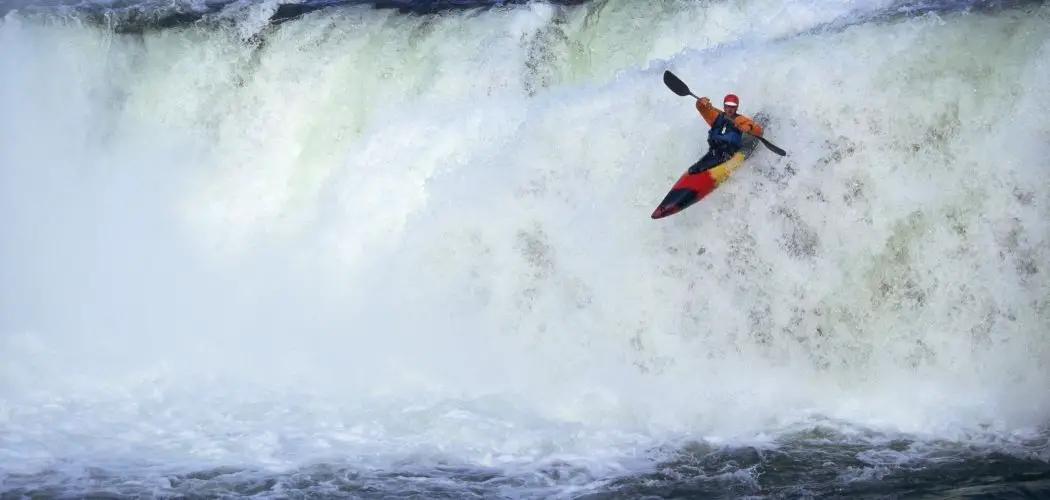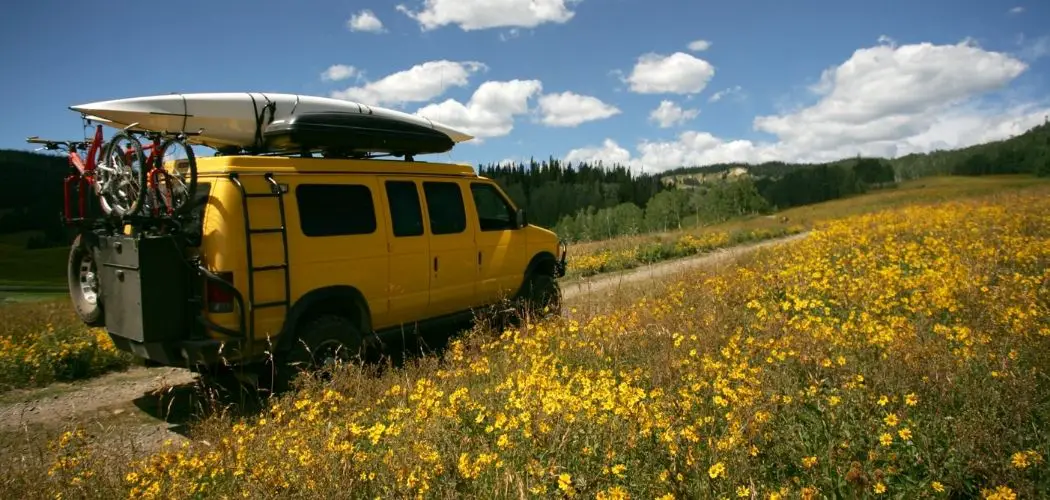Are you going to introduce your kids to the amazing world of kayaks?
Be sure to do it right and make the most of their adventure. With some planning and preparation, you can create a rewarding experience for your kids. Remember that forethought and organization can make a big difference when kayaking with kids for the first time.
Planning Kayaking trips with kids
As a parent, you need to be prepared for all circumstances while kayaking with kids.
Here are some of the things to keep in mind when planning a kayaking trip with kids:
Who should go
You know your kids best and as such, you are the only one who knows whether they’re ready for kayaking or not. If your child is afraid of water, you might not want to jump the gun and go straight to kayaking. Kids should be comfortable with water and be able to keep themselves afloat in water.
Where to go
The kayaking trip with kids can start with small lakes, bays, or slow rivers. Calm water and minimal current will help to develop kids’ confidence and skills and reduce stress levels. Don’t paddle against any strong currents during your child’s first kayaking experience. Also, choose places that offer a lot of variety.
Length of trip
The initial trips should be brief, not more than an hour or half an hour. The older the kid, the more time you can spend on the water. Length of kayaking trip with kids depends on the following:
- Comfort level on the water
- Paddling experience
- Age and size of kids
- Swimmers or non-swimmers
- Physical ability
- Coordination and concentration level
Kayak options
The choice of watercraft depends on various factors including the goals of the trip, the physical ability of your child, their age, and paddling experience. You might need to upgrade your vessel to adapt to your new paddling partner.
By the time kids are about 8 years old, most of them become capable of learning paddling skills and executing them. Kids ages 4 – 7 will do fine sitting in the kayak but won’t provide much propulsion.
A general rule of thumb: Kids less than 7 years old might do the best riding in a kayak with a parent. Older kids can paddle their own kayak, once they have learned paddling skills.
Paddles for kids
Each child needs a paddle that’s comfortable and practical for their arms and hands. Choose a paddle that is specifically made for children. These paddles for kids are thinner and lighter with smaller blades, so that they can hold them properly.
Kayaking with kids: A gear checklist
Here’s a super helpful checklist of the things you need to bring when kayaking with kids:
- Food: You can bring healthy and easy to carry snacks. You can pack sandwiches, sliced fruit, chips or whatever else your kid enjoys eating.
- Water: Plenty of drinking water for hydration. Ask your kids to make a conscious effort to drink enough throughout the day. For one-day trips, pack a gallon of water per person for refilling water bottles.
- Clothes: Weather-appropriate kayaking clothes. Long-sleeve shirts and pants can keep you surprisingly cool because they keep the sun directly off of your skin. You should also have an extra set of clothing stored securely in waterproof bags.
- Sun protection: Kids have sensitive skin and sun protection is always important during kayaking. We talk about exposure to sun when kayaking in this blog post. Sunscreen, sunglasses, and breathable hats are super important items to take kayaking.
- Rain gear: You should have a waterproof breathable rain suit for kids along with waterproof boots.
- First-aid supplies: We also recommend packing a small “first-aid” kit. It can be kept close at hand for those little cuts and scrapes that always seem to pop up on the water.
You can add anything else you think your kids might require out on the water.
Tip: Some kids get restless and bored while sitting in a kayak if the length of your trip is long for them. It can be a good idea to pack a few toys for them.
Safety tips when kayaking with kids
Here are some useful tips to keep your kids safe on the water.
Keep kids in view
If kids are paddling their own kayak, make sure you can see your kids at all times. Also, keep them in the lead so that you can see them.
All kids should wear PFD
All kids should wear a personal flotation device (PFD), at all times, when on a kayak. Your child should wear a PFD that fits properly and supports your child’s weight.
Lifejackets for kids come in three classes including PFDs for infants, children, and youth. They also come with special safety features like higher neck braces, a quick-grab handle near the shoulders, and crotch straps.
Tow lines and float bags
Tow lines and float bags may be used in rescue situations. Sometimes, the little kayakers may become very tired while paddling. You should bring a tow line just in case you need to hook up your kid’s kayak to yours.
Teach your kid to do a “wet exit”
If your kids will be paddling their own kayak, make sure they know how to do a “wet exit.” This safety technique is very important and is easy to learn. You kid should practice this before they need to use it. Each kid has a different learning curve, so be patient while teaching them.
Supervision
No matter how safe you think a certain body of water is, there’s always some room for error when it comes to kayaking with kids. You will need to give your kid very specific instructions. Be sure to keep your kids within eyesight at all times during kayaking.
Final thoughts
As a responsible parent, you should make efforts for your kids’ enjoyment and safety on the watercraft. For kids, fun is what it’s all about. Remember that safety should be the number one priority in kayaking.
Kayaking with kids should make for some lifelong memories. You must ensure that your kid doesn’t do anything dangerous. Let your child enjoy the day at their own pace.

